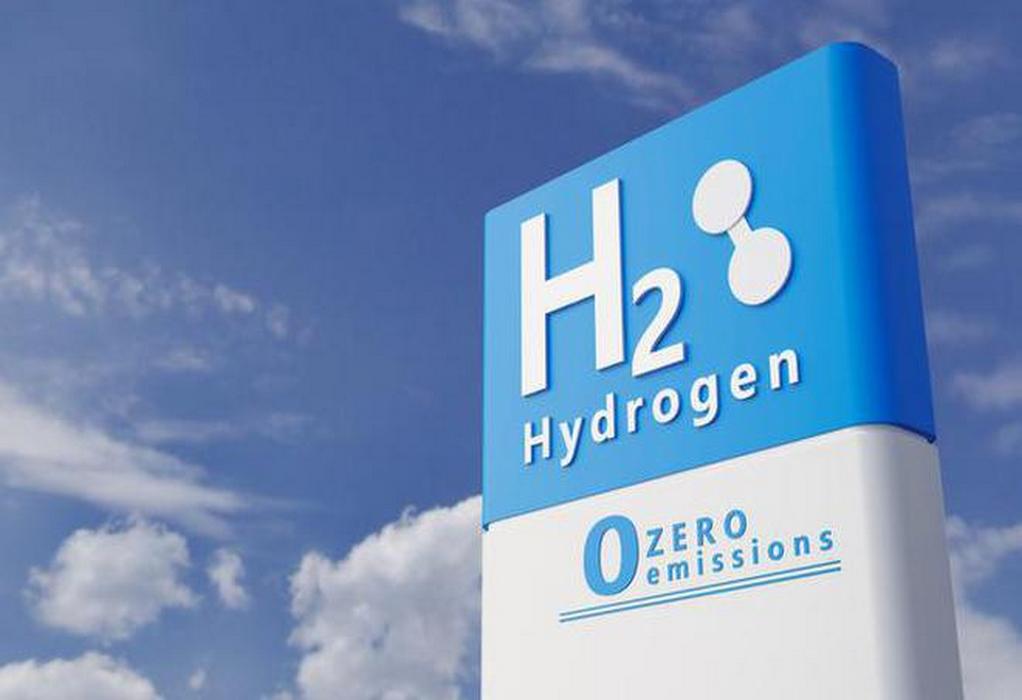According to ICRA research report, India’s drive to enhance green hydrogen production will involve huge investment of $5224 million factoring in renewable energy capacity addition of 60 GW and investment in electrolyser manufacturing facilities.
Currently, about 98 per cent of hydrogen is produced with use of fossil fuels (grey or blue hydrogen). However, surge in fossil fuels prices has raised the levelised cost of hydrogen production by three-four times, bringing it on par with that of green hydrogen at $5 per kg. This, if sustained, may augur well towards a faster adoption of green hydrogen technology, said ICRA in a recent research report.
ICRA said electrolysis is the most preferred technology for producing green hydrogen. However, considering the recent surge in metal prices due to geopolitical disruptions, the expected reduction in manufacturing costs for electrolysers may be back-ended close to 2030.
The share of green hydrogen in total hydrogen production in India is expected to increase to 30-80 per cent (from nil) by 2030-50, along with four-five times increase in overall consumption to 30 mmt (from 6 mmt currently). A major shift in demand is expected towards transportation (hydrogen fuel cell vehicles) and power generation sectors, which will account for about 30 per cent of the hydrogen demand by 2050.
Tags: Green Hydrogen, Hydrogen, ICRA, India, Renewable Energy



Recent Posts
DP World and Asian Terminals Inc deploy first fleet of electric internal transfer vehicles in the Philippines
Lloyd’s Register Decarbonisation Hub Joins Mærsk Mc-Kinney Møller Center as Knowledge Partner
Wärtsilä engines selected to deliver reliable power for US data center
Japan’s First LNG-Powered Cruise Ship Begins Operations with Shore Power Capabilities
Amogy Secures Additional $23 Million to Advance Ammonia-to-Power Solutions and Expand in Asia
NEMO strengthens global role with official status from IMO and IAEA
Summit at SRM University – AP to Drive Dialogue on Green Hydrogen Innovation
Goltens Partners with Orcan Energy to Expand Marine Waste Heat Recovery Solutions